Question
Which of the following statement is
true? Study the following information carefully and answer the below questions Twelve persons are sitting in a parallel row and opposite to each other. In row1- U, V, W, X, Y, and Z face the south. In row2- J, K, L, M, N and O face the north but not necessarily in the same order. U sits opposite to the one who sits second to the left of O. Only two persons sit between K and O. K sits to the left of O. The number of persons sits to the left of U is the same as the number of persons sit to the right of Y. W sits second to the right of Y. J sits immediate left of M, none of them sits at end of the row. L sits opposite to the one who sits second to the left of Z. X and Y are not immediate neighbours.Solution
We have, U sits opposite to the one who sits second to the left of O. Only two persons sit between K and O. K sits to the left of O. From the above condition, there are three possibilities. 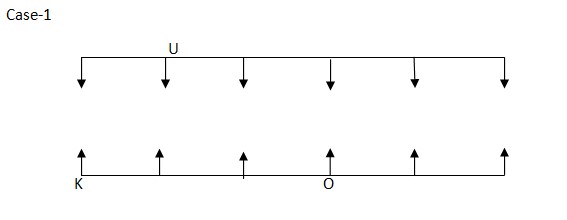
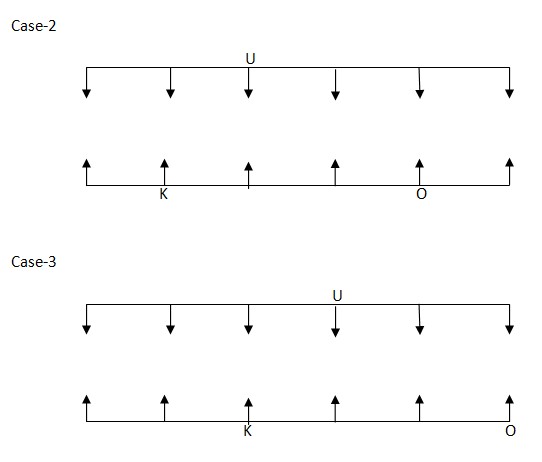 Again we have, The number of persons sit to the left of U is the same as the number of persons sits to the right of Y. W sits second to the right of Y. J sits immediate left of M, none of them sits at end of the row.
Again we have, The number of persons sit to the left of U is the same as the number of persons sits to the right of Y. W sits second to the right of Y. J sits immediate left of M, none of them sits at end of the row. 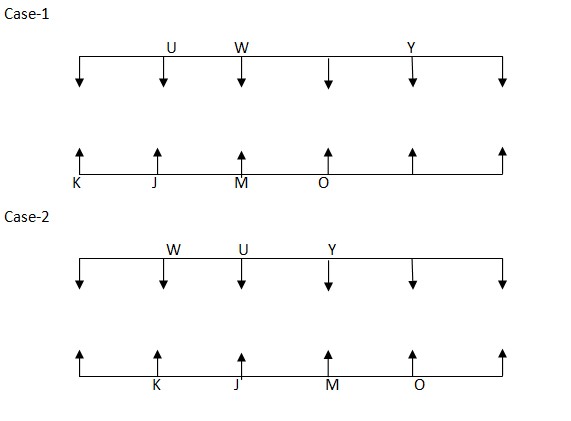
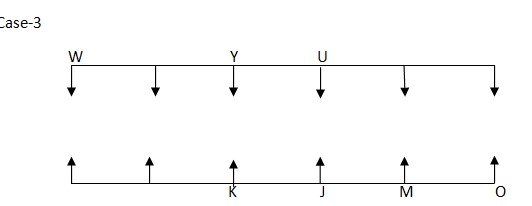 Again we have, L sits opposite to the one who sits second to the left of Z. X and Y are not immediate neighbours. From the above condition, case2 and case3 get eliminated. Case1 shows the final arrangement.
Again we have, L sits opposite to the one who sits second to the left of Z. X and Y are not immediate neighbours. From the above condition, case2 and case3 get eliminated. Case1 shows the final arrangement. 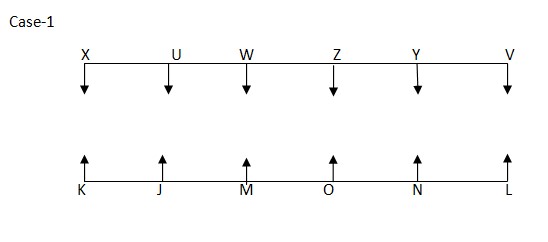
- Select the option that expresses the given sentence in active voice.
The novel was written by the famous author in just three months.
... Select the correct passive form of the given sentence.
The rules forbid the people to cross the railway line.
Choose the correct active/passive voice, which best expresses the following sentence:- Help the needy.
Choose the option that is the passive form of the sentence.
The detective found the lost necklace.
Two sentences are given below, with three words emboldened in each of them. Interchange the words between two sentences to form a grammatically and con...
Groups of four words are given. In each group one word is rightly spelt. Find the rightly spelt word.
(a) Translucent (b) ...
Find the correctly spelt word.
- Select the option that expresses the given sentence in active voice.
The final decision regarding the budget proposal was taken by the committee af... Our home was built in 1990 by my father
Select the correct passive/active form of the given sentence.
The scheme permits the students to buy the books from market.
Relevant for Exams:


